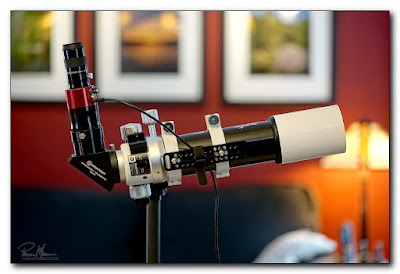Quite the Lousy Night
U sually, my health worsens while I'm awake and, more often than not, when attempting to do things. Any activity (ie, "doing things", raises my body core temperature and that is a significant trigger for poor health) is a major trigger for me as is straying from my long list of dietary restrictions and limits. The temperature of my environment is also a big trigger. Being in warm environments for more than 20 minutes or so is a problem. Anyway, my health usually worsens during my waking hours. Sometimes, however, for whatever reason (this is the unexplained, idiopathic part of this rare illness), poor health and sometimes even dangerously poor health is triggered while I am sleeping and the middle of the night last night was one of those nights. Since the bedroom was only about 62° through the night, I know that a warm environment was not my trigger this time. In this case, it seems it was simply an idiopathic triggering of poor health. I was ha...








